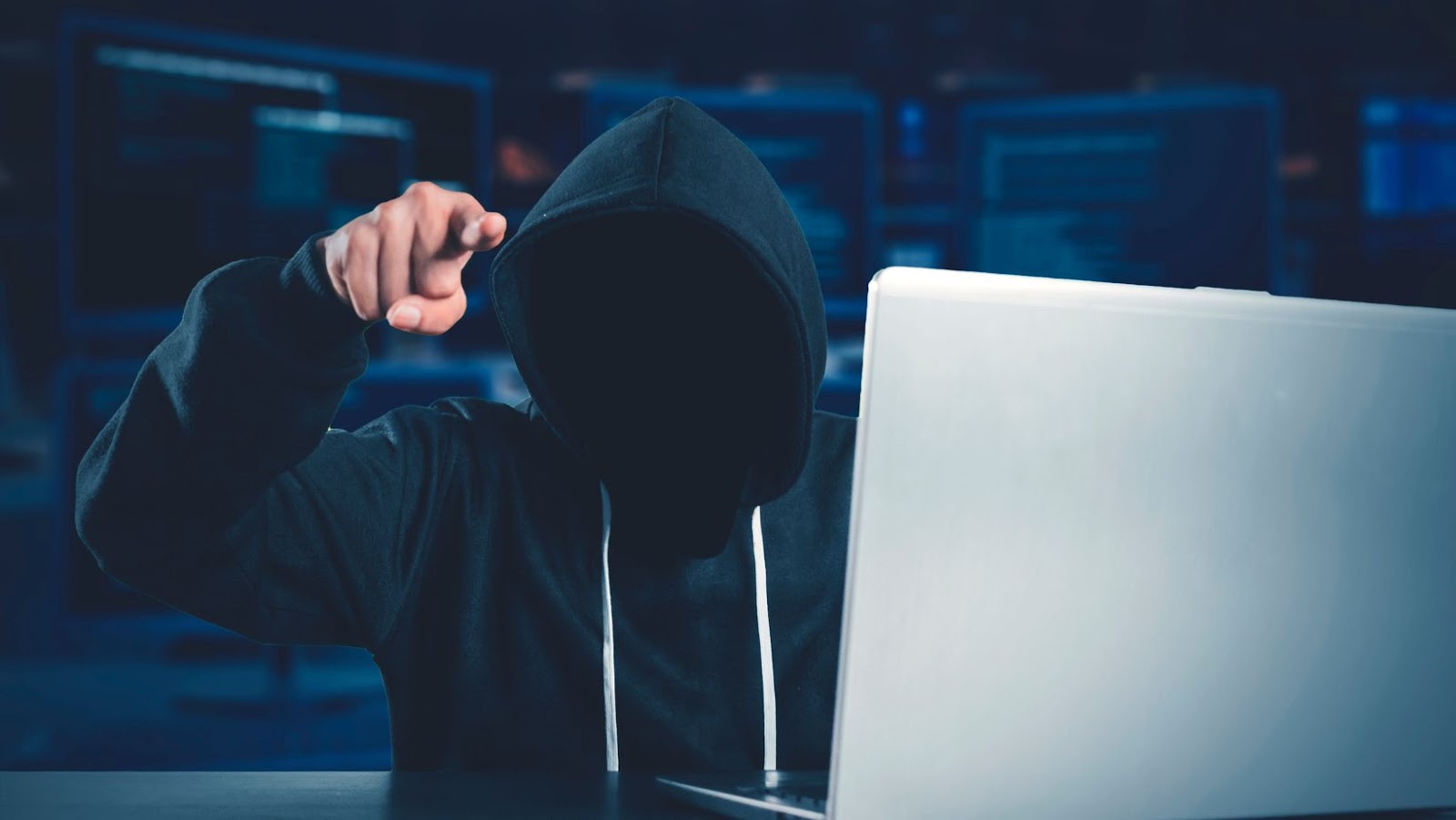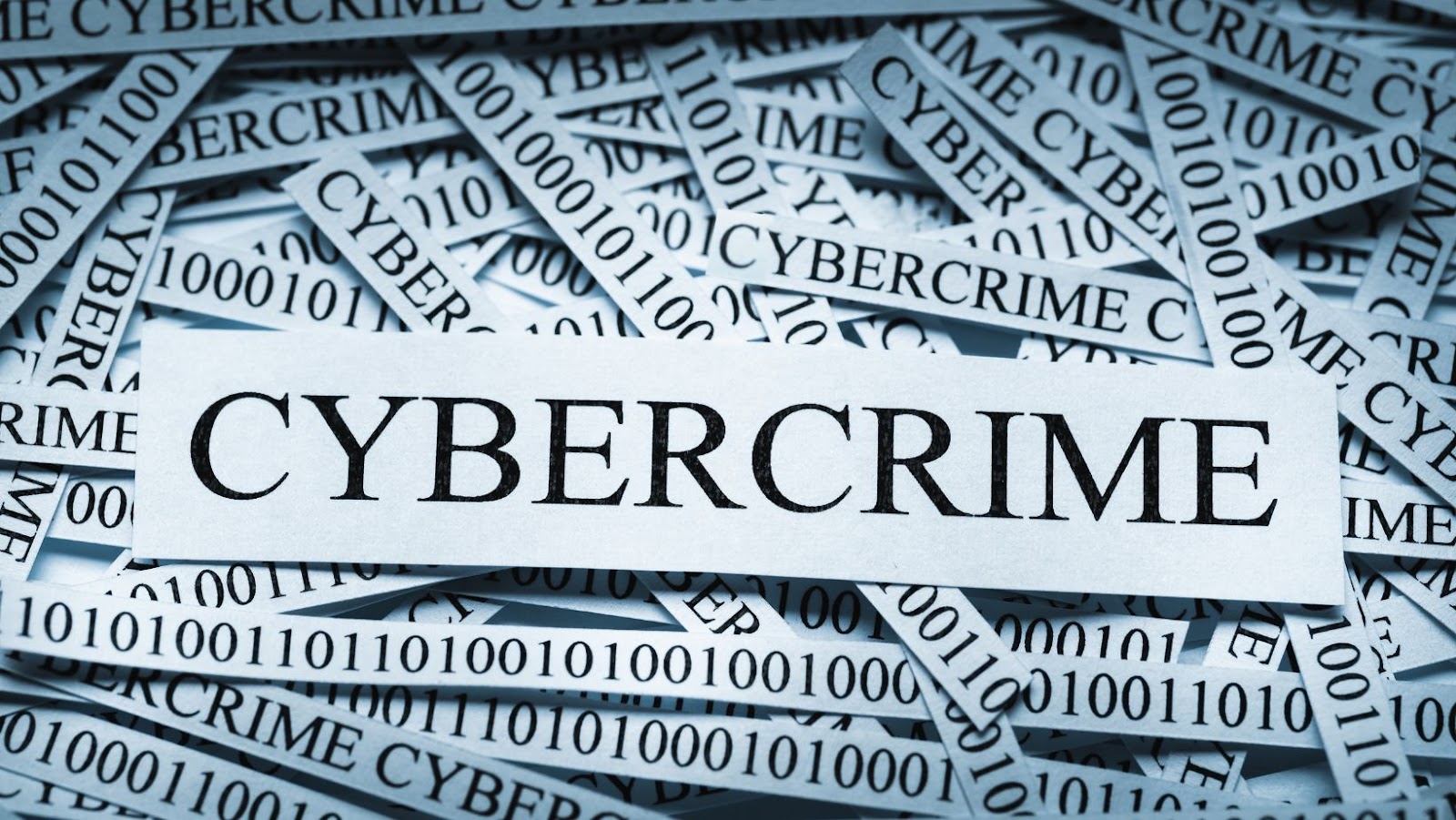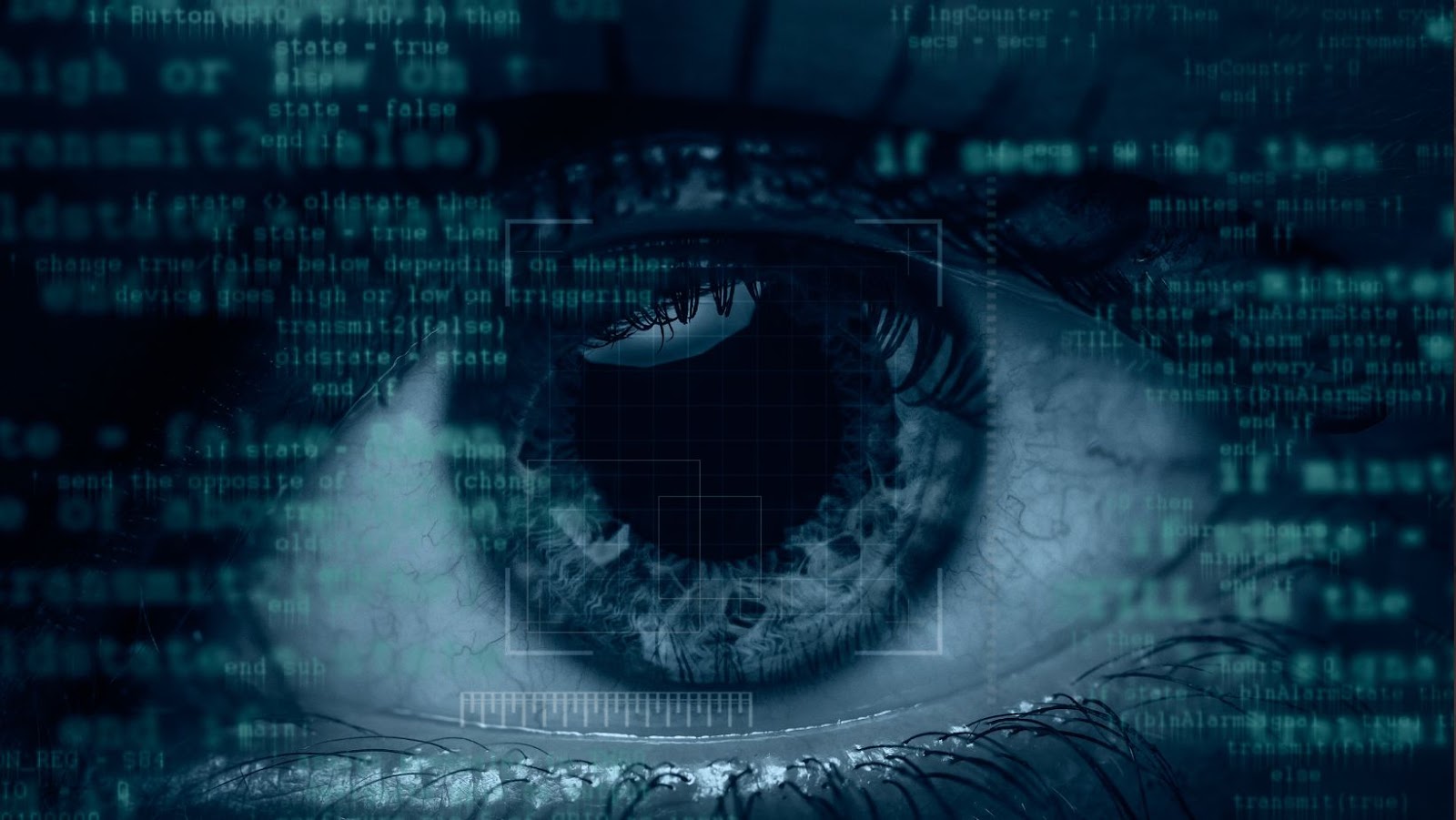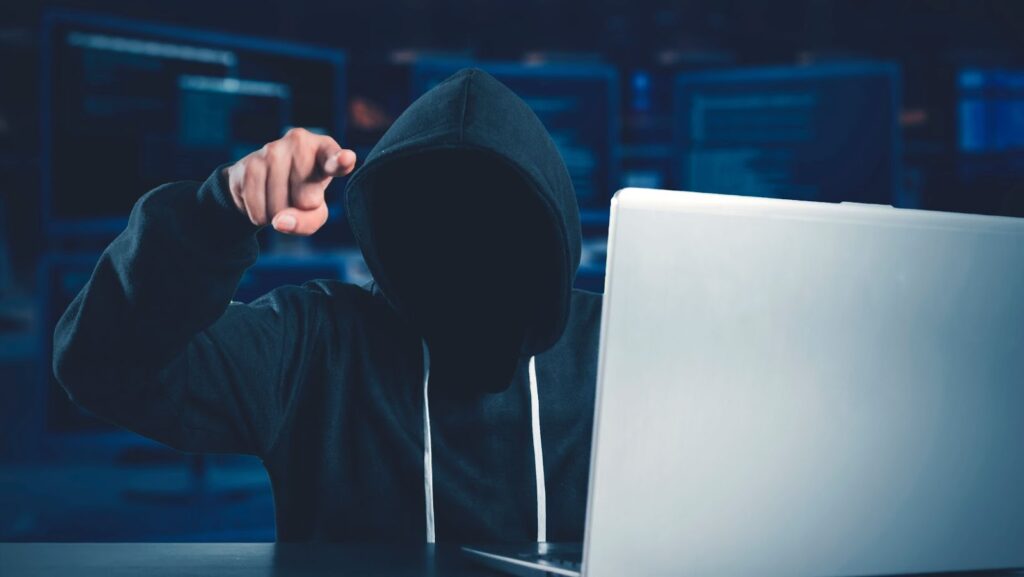The recent attack on an American satellite company, allegedly by Russian hackers, one hour before the Ukraine invasion, has sent shockwaves through the international community. To prevent future attacks of this nature, it is important to understand the methods attackers used to carry out the attack, and what can be done to protect against similar attacks.
In this article, we will examine the attack in detail, exploring the underlying techniques and strategies that were used, as well as discussing possible mitigation strategies.
Identify the attack vector
One of the most important steps in addressing a security attack is to understand how it occurred. Identifying the attack vector, which is the path used to gain unauthorized access to a system, can help you take more effective measures to prevent future attacks. Knowing what techniques and techniques were used provides valuable insights into where and how your business can stop these attacks in the future.
It is important to analyze all possible attack vectors, both external and internal. External attackers are those who try to breach a company’s system from outside its network, while internal attackers typically try to exploit existing vulnerabilities within an organization’s network or computer systems. Common external attack vectors include malware, phishing emails, brute force login attempts and unsecured servers or networks that leave doors open for intruders. Common internal attack vectors include unsecured credentials, poor password management practices or malicious applications hosted on your local area networks (LANs).
Understanding the attack vector is only the first step towards protecting your business from future attacks; it will be up to you to determine what security solutions and strategies you need in order to prevent similar incidents from happening again. These solutions may involve using antivirus software on all systems as a front line of defense against intrusive threats as well as deploying proper authentication processes across your infrastructure. It may also be necessary for organizations with more complex networks of computers and systems to implement additional security measures such as intrusion detection solutions and secure authentication processes requiring two-factor authorization methods.
Analyze the attack timeline
Once the attack has been completed, it is important to analyze the attack timeline in order to learn more about how it happened and what could be done differently to prevent similar attacks in the future. This can be done by gathering detailed logs of all activities that took place during the attack window. This analysis may uncover additional information that can be used during forensics or other investigations, such as timing of events, trends in behavior, or impact of specific activities.

It is important to have a system in place to consistently collect logs before any security event occurs. This will allow for an easy to navigate timeline analysis and a better understanding of not just what happened but also when each step happened and which assets were impacted. During an attack timeline analysis process, data from all sources should be gathered and analyzed so as not to miss any valuable information that can help with understanding how the attack was executed and identify methods for preventing similar events in future.
The first step is to identify system posturing where a hacker starts scanning for vulnerable devices prior to exploitation in order for them to gain access and exploit them when required. Identifying these activities can provide insight into current vulnerabilities within networks which must then be addressed accordingly. Once vulnerable assets are identified, it is important to analyze their behavior leading up until the attacker was able take control of the asset as this will provide more insight into what actions were taken by either side leading up until they gained significant access over sensitive information.
It is also necessary during this analysis process to interview key personnel who were on-site at critical stages throughout the attack; this could include IT personnel on site at time of break-in as well as at time of containment as further insight into timeline and knowns/unknowns regarding activity may be uncovered that would otherwise remain hidden within log data alone. All identifying details uncovered throughout timeline process should then be recorded meticulously so that when future preventive measures are considered or implemented it can still be traced back exactly how the attack was developed upon by attacker(s).
Examine the attack’s impact
When responding to an attack, it is important to understand the full impact that the attack has had. That involves examining the attackers’ techniques, the infrastructure they were able to gain access to and any data they were able to exfiltrate. In some cases, attackers may have gained access but are not actually using it; if this is identified early on, then no further action may be required here.

Examining all potential indicators of compromise (IoCs) can also help inform your response. This can include focusing on any changes in system configuration such as services being shut down or application settings being modified, as well as files that are created or modified by the attacker.
Additionally, it’s important to determine which systems were impacted and how they might have been accessed and exploited – server logs can be incredibly valuable here – and decide how best to contain the situation and recover from any knock-on effects. Finally, consider how best to communicate with affected stakeholders, ensuring you keep them informed about what steps are being taken and what potential impact there could be for them; openness and transparency go a long way towards earning their trust in difficult times like these.
Identifying Vulnerabilities
After the successful hack of an American satellite company one hour before the Ukraine invasion, it is clear that there are multiple vulnerabilities in our networks that need to be addressed. Identifying and plugging these vulnerabilities is an important step to prevent future attacks.
In this article, we will explore the various steps we need to take to properly identify these vulnerabilities and protect our networks.
Russia hacked an American satellite company one hour before the Ukraine invasion
An important step in preventing future cyber threats is to review your existing security protocols, processes, and technology. It is necessary to assess and keep track of changes to your existing systems and ensure that any recent updates and patches have been installed correctly. Additionally, you should review any open ports or services running on your system to identify any potential vulnerabilities that could be exploited.

Organizations should also ensure their current security policy is up-to-date with all of the latest best practices as these can change with new technologies or changes in the threat landscape. Establishing a periodic audit schedule allows you to regularly check your system for any areas of concern. Furthermore, it is beneficial for organizations to perform network scanning periodically so as to identify new devices, protocol versions, and other activity on the network that may indicate malicious activity.
Finally, it is essential for organizations to conduct regular training and testing sessions in order to stay abreast of the latest threats in order to educate staff members on how they can identify suspicious behavior or potential warning signs that could indicate malicious activities.
Evaluating software and hardware security
Evaluating the safety of existing software and hardware used in a business can provide important information that can help prevent future attacks. Analyzing the security measures taken to protect a business’s data, resources, and services is an essential step in understanding any vulnerabilities.
Software security should be evaluated on a regular basis to ensure it is up-to-date and secure enough to protect your organization against potential threats. The easiest way to evaluate software security is to make use of security scan tools, such as penetration testing or vulnerability scanning programs. This type of scan will highlight any potential problems with the software’s code and configuration which could be exploited by malicious users. Additionally, it is important that any patches or updates released by software developers are regularly implemented.
Hardware security also plays an important role in protecting a business’s data, resources, and services from unauthorized access or malicious use. Physical controls such as asset tags can help track and control access to sensitive hardware devices such as servers, switches and routers. Moreover, stringent authentication protocols should be enforced when logging into any device or system in order to effectively monitor access activity. Firewalls should also be implemented for all networked devices for added security against unauthorized access or malicious traffic transmission over public networks like the Internet. The effectiveness of these safeguards will depend largely on how well they are administered, monitored and updated for maximum protection against potential threats arising from both internal and external sources.
Identifying potential attack vectors
Businesses need to consider all potential attack vectors when identifying weaknesses so that effective preventative measures can be implemented. An attack vector is any entry point into an organization’s system or networks, and it can include physical, social and software points of entry. By being aware of the potential attack vectors and prioritizing the most likely ones, organizations can take steps to guard against them in the future.
Some common potential attack vectors include:
- Attacks on public facing websites, such as those that lack valid SSL certificates or are not regularly patched with security updates;
- Weak password policies, such as users who fail to use multi-factor authentication or use the same password for multiple accounts;
- Insufficiently secured services exposed over public networks, such as unencrypted file transfer protocols (FTP);
- Email phishing attacks, wherein malicious emails are sent by cybercriminals in order to gain access to sensitive data;
- Physical entry points of access into a facility that are not adequately guarded or monitored;
- Unauthorized cloud usage by employees that increases the risk of data leaks through unauthorized usage of cloud storage solutions; and
- Mobile devices owned by employees but used for business purposes which may not be adequately secured.
Organizations must take careful steps to identify their existing vulnerabilities and apply measures to address them quickly before they become a larger problem. Only then can they move forward with making sure their systems remain secure from future cyberattacks.
Creating a Security Plan
The Russian attack on an American satellite company one hour prior to the Ukraine invasion highlights the immediate need for creating a security plan to protect against future attacks. Such a plan should cover the development of secure systems, protocols and processes that will ensure that the same attack does not happen again.
In this section, we will discuss the different elements that should be considered when creating a security plan.
Developing a comprehensive security policy
Developing a comprehensive security policy that includes physical security, network security, and personnel security is a vital component of IT best practices. The policy should explain what technologies are used to prevent unauthorized access to networks, set clear roles and responsibilities for IT staff and users, spell out the chain of command for approving changes within the network, document acceptable uses of systems and data within the organization, and provide escalation procedures for responding to threats or malicious activity.
Security policies should be reviewed regularly to ensure they remain relevant as technology changes. It is recommended that organizations update their policies at least once per calendar year so they can respond to new business or IT requirements as well as any legislative requirements. Policies that are overly restrictive may discourage employees from taking reasonable measures to protect company data; on the other hand, policies that lack clarity or fail to address relevant security issues will weaken an organization’s overall level of defense.
Beyond developing a comprehensive policy but it is important that organizations maintain effective communication channels with all departments across the organization and keep everyone apprised of new threats or risks in addition to established protocols for addressing them. All personnel involved in maintaining network security should also be provided with regular training on industry best practices so they can stay informed and remain vigilant against ever-evolving malicious actors.
















